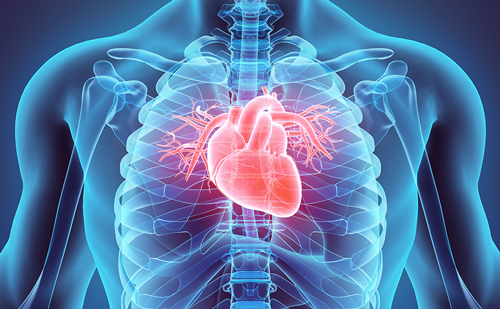My Learning
Login
Sign Up FREE
Register Register
Login
Trending Topic

15 mins
Trending Topic
Developed by Touch
Mark CompleteCompleted
BookmarkBookmarked
Rnda I Ashgar
NEW
Cardiovascular disease (CVD) continues to be the primary cause of mortality and morbidity globally with middle-aged women presenting with additional and possibly, overlooked risk factors.1 Despite several awareness programmes, there remain several gaps in the political education and representation needs of this group, which includes those from low socioeconomic status (SES) and culturally diverse backgrounds. These […]
Heart International. 2025;19(1):Online ahead of journal publication













